Explore how to do The Murph along with exercise modifications:
- 1 Mile Run or perform Alt. 1 Row or Alt. 2 Kettlebell Swing
- 100 Pull-Ups or peform Alt. 1 Foot-Supported Pull-Up or Alt. 2 Jumping Pull-Up or Alt. 3 TRX Inverted Row
- 200 Pushups or perform Alt. 1 Hands-Elevated Pushup or Alt 2. Knee Pushup
- 300 Squats or perform Alt. 1 TRX-Supported Squat or Alt 2. Alternating Lunges
- 1 Mile Run or perform Alt. 1 Row or Alt. 2 Kettlebell Swing
Run one mile. Then do 100 pull-ups, 200 pushups, and 300 squats. Finish by running another mile. All in a 20-pound vest (or body armor), if you don’t mind.
To the uninitiated, this sounds like torture. But to fitness enthusiasts around the world, it’s instantly recognizable as the Murph, a workout that pushes body and mind to the limit, as a way of honoring a fallen American service member (it was created by Crossfit in August 2005 to honor the memory of Navy Lieutenant Michael Murphy, who died in Afghanistan earlier that year). Although the routine can be done by anyone, at any time, it’s often performed in groups on Memorial Day as part of what’s become an annual tradition at fitness centers and gyms, including many Life Time clubs.
“The Murph’s simplicity, its challenge, and its sense of community are what make the workout so appealing,” says Life Time personal trainer Alec Blenis, CSCS, PN2, who set a new world record for the Murph in 2021 (pictured above). “It’s exciting to compare yourself to other times around the world and to your own past performances. Knowing the significance of the workout makes it even more special.”
The broad popularity of the workout is at odds with its extreme difficulty: Many people want to participate but find that they can’t complete the routine as prescribed. Some push their bodies too hard in an effort to participate, risking injury and exhaustion. Others don’t try at all, opting to sit on the sidelines no matter how much they may want to join in.
“It’s actually a very accessible workout,” insists Blenis. “Almost anyone, anywhere can do the workout in some form — with modifications.”
Blenis’s record-setting time, with a weight vest, was 32:41. This writer typically completes modified, weight-vest-free versions in just under an hour. In other words, there is more than one way to complete this workout.
One common approach is to modify its structure. Some people choose to perform a half-Murph, in which all the distances and rep counts are cut in half, Blenis explains. Another popular option is to break up the reps of the pull-ups, pushups, and squats: Instead of doing straight sets of 100/200/300, you could do five sets of 20/40/60, 10 sets of 10/20/30, or even 20 sets of 5/10/15.
The goal, says Blenis, is to “keep moving.” As a so-called chipper workout, the Murph isn’t designed to include rest. It’s meant to push you to keep moving while you’re tired (and hopefully while maintaining good form). In this way, each exercise is a break from the exercise before it. (Learn more about scaling chipper workouts at “The Chipper Workout“.)
Another way to make the Murph more accessible is to modify the exercises:
- If running one mile is not an option, substitute indoor rowing or kettlebell swings.
- If pull-ups aren’t in your wheelhouse, try a foot-supported or jumping variation, or do inverted rows on a TRX suspension trainer.
- Instead of pushups from the floor, elevate your hands on a box, a bench, or even the wall. You can also do kneeling pushups.
- Modify the squats to make them more body-friendly by taking a wider stance, perhaps, or using a TRX strap for support. Or swap out squats for a lunge variation instead.
The goal of modifying isn’t to make this easy — the Murph really won’t ever be an easy workout — but rather to open up new possibilities for your unique body. It is possible to do it and still be able to walk the next day.
“When it comes to modifications, the only thing I don’t like is an option that limits range of motion,” says Blenis. “For example, I see a lot of people scale the workout by simply doing poor-quality pushups; I’d rather see someone do elevated pushups with good form.” Similarly, it’s common — especially when fatigue sets in — for participants to let their squat and pull-up form degenerate.
“As long as you’re moving through the largest possible pain-free range of motion with intention and intensity,” says Blenis, “the sky’s the limit in terms of modification.”
The Workout
The Murph is not an everyday workout — or even an every-month workout. It asks you to give your all, and it’s a considerable challenge to your strength, cardio conditioning, physical endurance, and mental grit. So, while it’s not necessarily the best training tool, it is a great test of your all-around fitness.
Whether you choose to tackle it a few times a year or just join the tradition on Memorial Day, always begin with a thorough, full-body, dynamic warm-up. (Try our favorite warm-up routine at (“The Perfect Warm-Up“.)
Then make some decisions about how you’d like to modify.
1. First, decide whether you want to perform the full Murph or a half-Murph:
The Murph
|
Half-Murph
|
2. Then decide how you’d like to break up the reps. Here are some options for the full workout:
- Five sets of 20 pull-ups, 40 pushups, and 60 squats
- 10 sets of 10 pull-ups, 20 pushups, and 30 squats
- 20 sets of 5 pull-ups, 10 pushups, and 15 squats
Whatever approach you choose, keep track of your reps. An easy way to do this is to write out the rep/set counts and cross them off as you complete each set.
Once you’ve settled on structure, you can focus on movement choice and quality. Substitute alternative exercises as needed and focus on maintaining range of motion and form even as you become fatigued.
The Exercises
Run 1 Mile
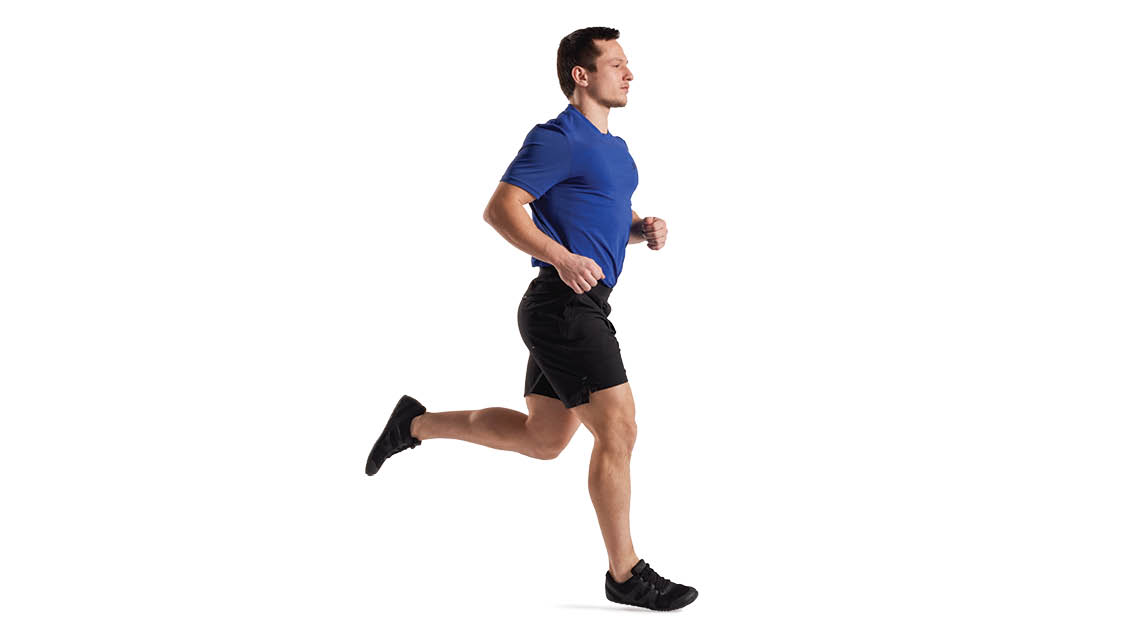
Run Alternative 1: Row (1,000 meters)
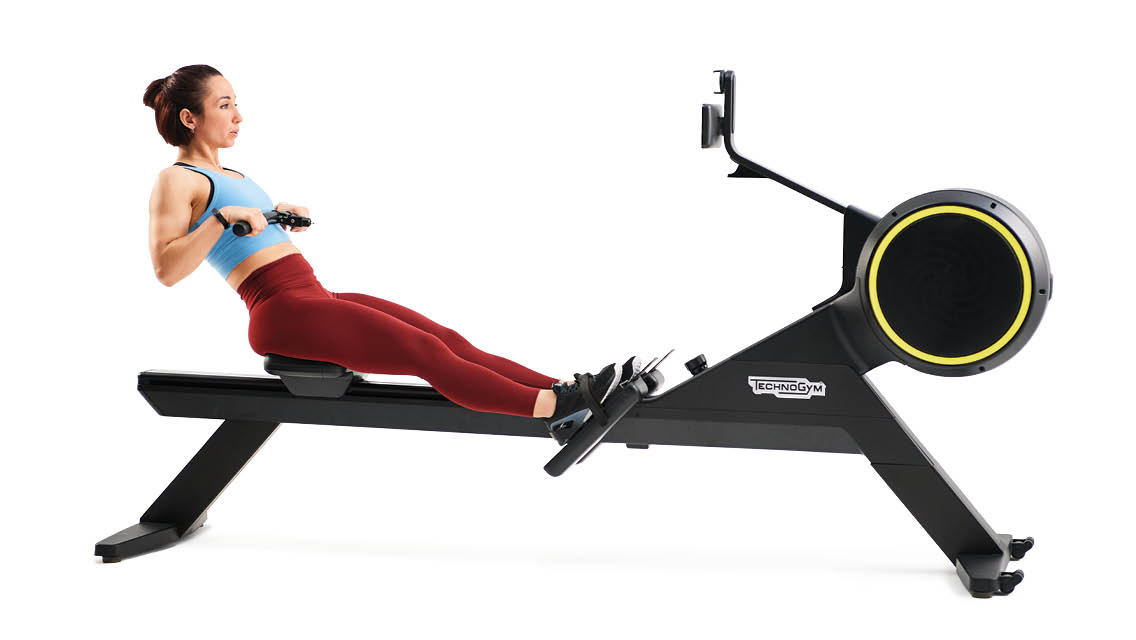
- Sit in the rower with hands grasping the handles, hips and knees bent, arms straight, head neutral, back straight, and shoulders level.
- Initiate the drive with your feet. As your legs straighten, lean back slightly and pull the handle toward your body. Finish the pull with your legs straight and the handle at or just below your ribs.
- Return to the starting position by first extending your arms until they are straight, then leaning forward at your hips.
- Once your hands have cleared your knees, allow your knees to bend and gradually slide your seat forward. Repeat. (Fine-tune your rowing form at “BREAK IT DOWN: The Row“.)
Run Alternative 2: Kettlebell Swings (500)
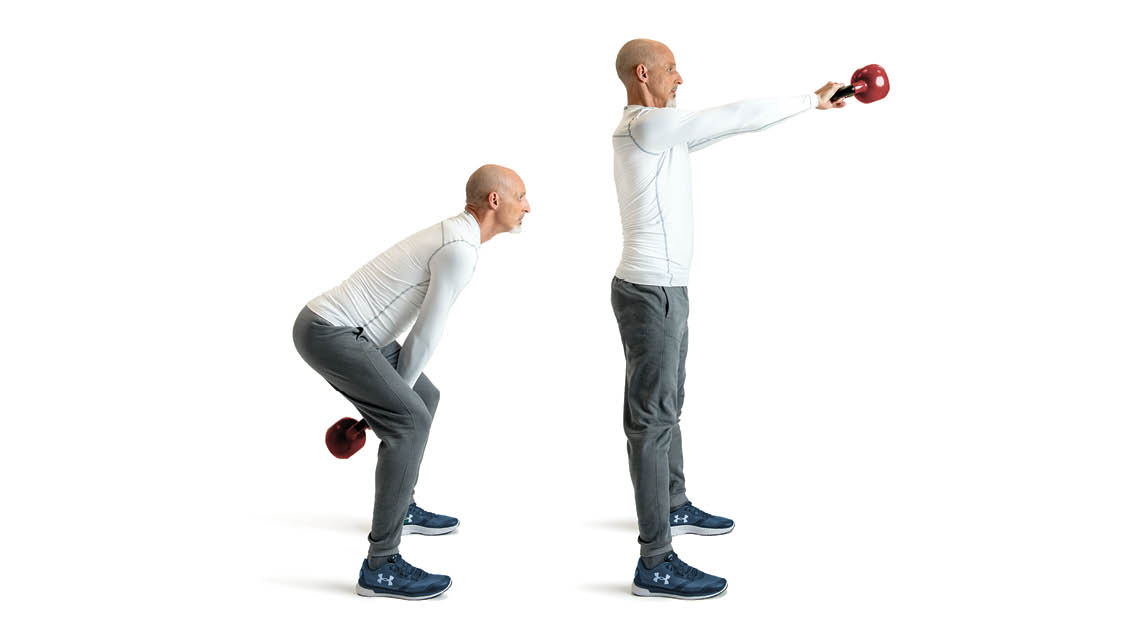
- Stand with your feet about shoulder width apart and a kettlebell 1 to 2 feet in front of you.
- Hinge at your hips to reach down and grasp the kettlebell. Tip the kettlebell handle toward you.
- With your core engaged and lower back flat, quickly “hike” the kettlebell backward, high between your legs.
- Reverse the movement by forcefully driving your hips forward. Contract your glutes to come to standing as the kettlebell swings out in front of you.
- Engage your lats once the kettlebell reaches its apex to push it back between your legs. Repeat, then “park” the weight in front of you with control. (Master this move with the tips at “BREAK IT DOWN: The Kettlebell Swing“.)
Pull-Up x 100
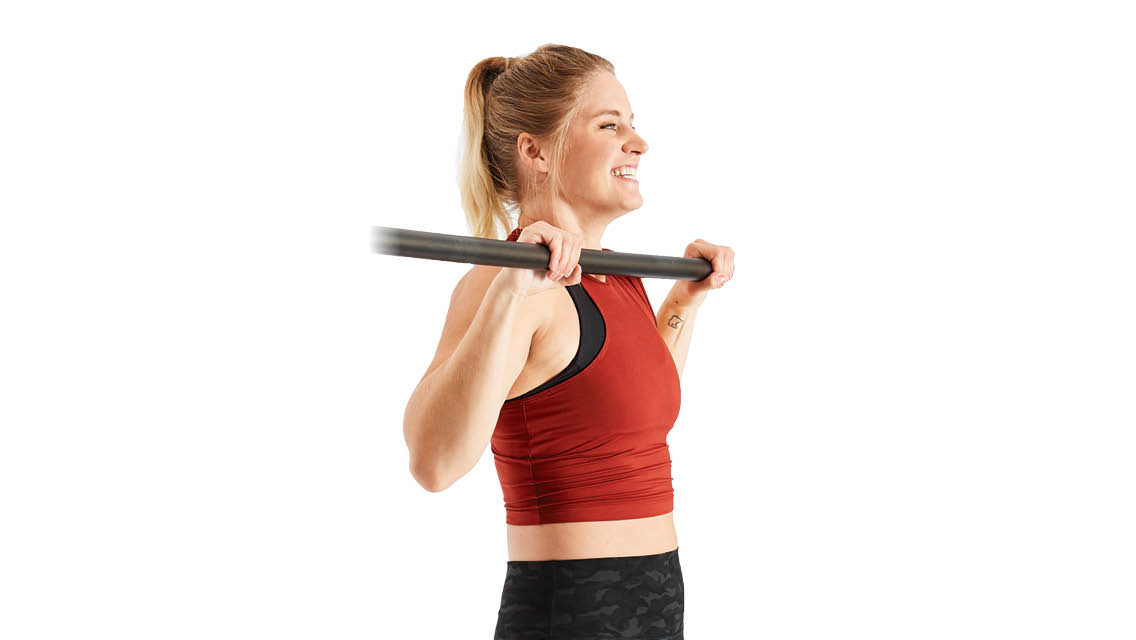
- Jump up or use a box to step up to grasp a pull-up bar with a double-overhand grip.
- Assume an active-hang position by engaging your scapulae, lengthening your neck, engaging your core, and squeezing your glutes.
- Use your lats to pull your elbows down to your sides. Keep your neck neutral and avoid reaching up with your chin.
- Stay engaged as you pull your body upward until your chin clears the bar.
- Reverse the motion with full control and return to an active-hang position. Repeat.
Pull-Up Alternative 1: Foot-Supported Pull-up

- Set a bar in a rack at about torso height while standing.
- Grasping the bar, lower yourself to the floor, place your feet slightly in front of you, and straighten your arms.
- With your hips below your hands, pull yourself up until your chin is over the bar, using assistance from your feet as needed. Repeat.
Pull-Up Alternative 2: Jumping Pull-Up
- Position a tall box beneath a pull-up bar so that when you stand under the bar with arms stretched overhead, the bar reaches about the center of your forearms. (Use a lower box so the bar is about wrist-height to make this move harder. Use a taller box so the bar is closer to your elbows to make it easier.)
- Take a firm grasp of the pull-up bar with a double-overhand grip. Bend your knees and hips slightly, then use the power from your hips to jump up. Simultaneously, engage your lats to pull yourself up until your chin is over the bar.
- Use your arms to lower yourself with control and land softly in your original position. Repeat.
Pull-Up Alternative 3: TRX Inverted Row
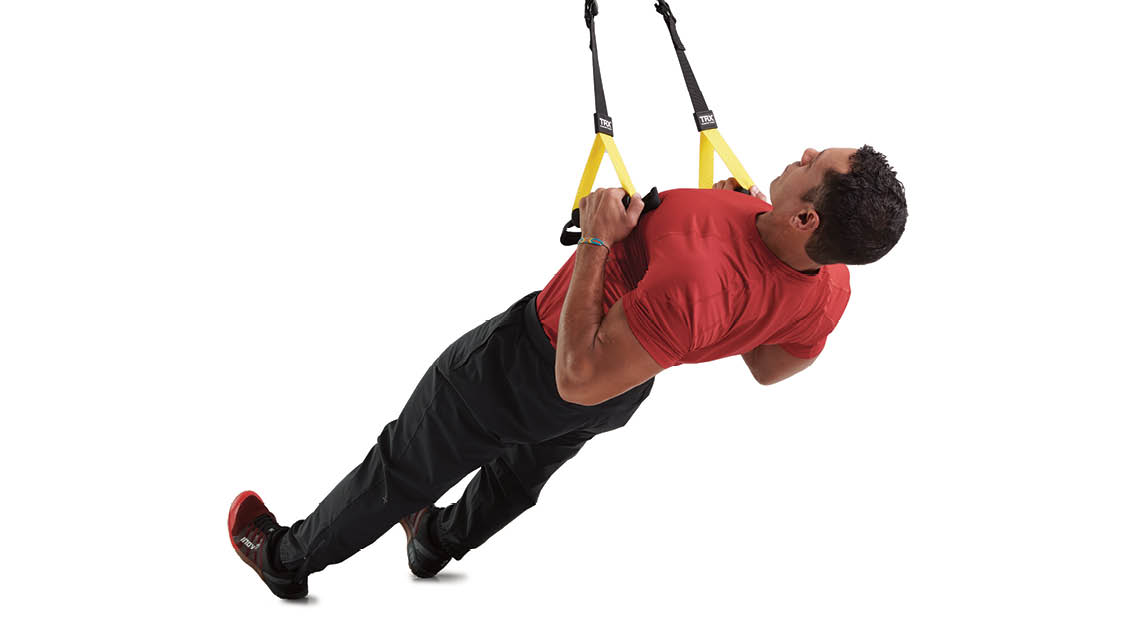
- Grasp the handles of a suspension trainer, facing the anchor point.
- Keeping your body straight and engaged from head to heels, fully extend your arms; you’ll feel a slight stretch in your shoulders.
- Pull your body toward the handle until your hands are near your rib cage and your triceps are parallel with your back.
- Squeeze your shoulder blades to activate your upper back.
- Lower your body with control until your arms are fully extended and you feel a slight stretch in your shoulders. Repeat.
Pushup x 200
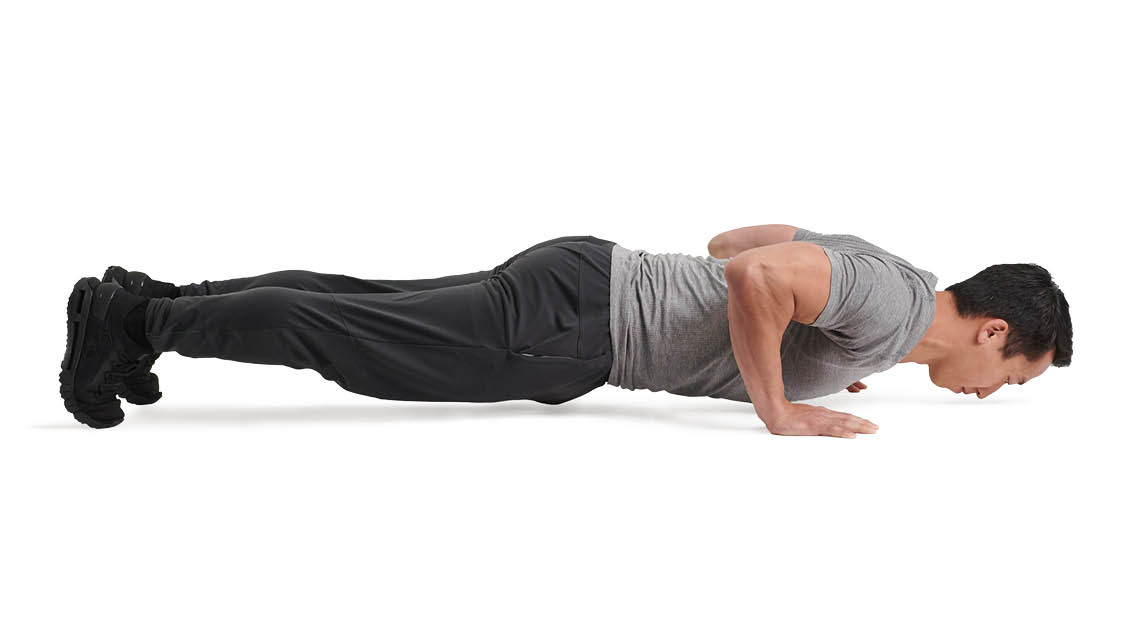
- Assume a high-plank position, with hands slightly wider than shoulder width, arms extended (but not locked), and body straight from your heels to the top of your head.
- Keeping your body straight and your head in a neutral position, engage your core and squeeze your glutes.
- Bend your arms and retract your shoulder blades to lower yourself until your chest touches the floor. Aim elbows out about 45 degrees from your body, as if you’re pointing them to the back corners of the room.
- Reverse the movement, pushing yourself back to the starting position without breaking the straight line from your head to your heels. Repeat. (Perfect your pushup form at “BREAK IT DOWN: The Pushup“.)
Pushup Alternative 1: Hands-Elevated Pushup

- Stand in front of a sturdy bench, box, or wall. Place your hands on top of the elevated surface and extend your body into a high-plank position.
- Keeping your body straight and your head in a neutral position, engage your core and squeeze your glutes.
- Bend your arms and retract your shoulder blades to lower yourself until your chest touches the box or bench. Aim elbows out about 45 degrees from your body, as if you’re pointing them to the back corners of the room.
- Reverse the movement, pushing yourself back to the starting position without breaking the straight line from your head to your heels. Repeat.
Pushup Alternative 2: Knee Pushup
- Assume a half-plank position, with your knees on the floor and your upper body forming a straight line from your knees to your head. Position your hands slightly wider than shoulder-width, with arms extended (but not locked out).
- Maintaining this straight body-positioning from your head to your knees, bend your arms and retract your shoulder blades to lower yourself until your arms form 90-degree angles. Aim your elbows out about 45 degrees from your body, as if you’re pointing them to the back corners of the room.
- Do not stick out your butt to lower your upper body closer to the floor.
- Reverse the movement, pushing yourself back to the starting position without breaking the straight line from your head to your heels.
Squat x300

- Stand with your feet about hip width apart and planted firmly on the ground, your hands in front of you or on your hips.
- Brace your core, and, with control, bend your knees and hips to squat down until your thighs are below parallel to the ground.
- Press through your feet to stand up. Squeeze your glutes at the top to achieve a full lockout. Repeat.
Squat Alternative 1: TRX-Supported Squat

- Grasp the handles of a suspension trainer, facing the anchor point, and stand tall with your feet about hip width apart.
- Brace your core, and, with control and support from the TRX straps, bend your knees and hips to squat down until your thighs are below parallel to the ground.
- Press through your feet to stand up, using your arms and the straps for assistance, as needed. Squeeze your glutes at the top to achieve a full lockout. Repeat.
Squat Alternative 2: Alternating Lunge
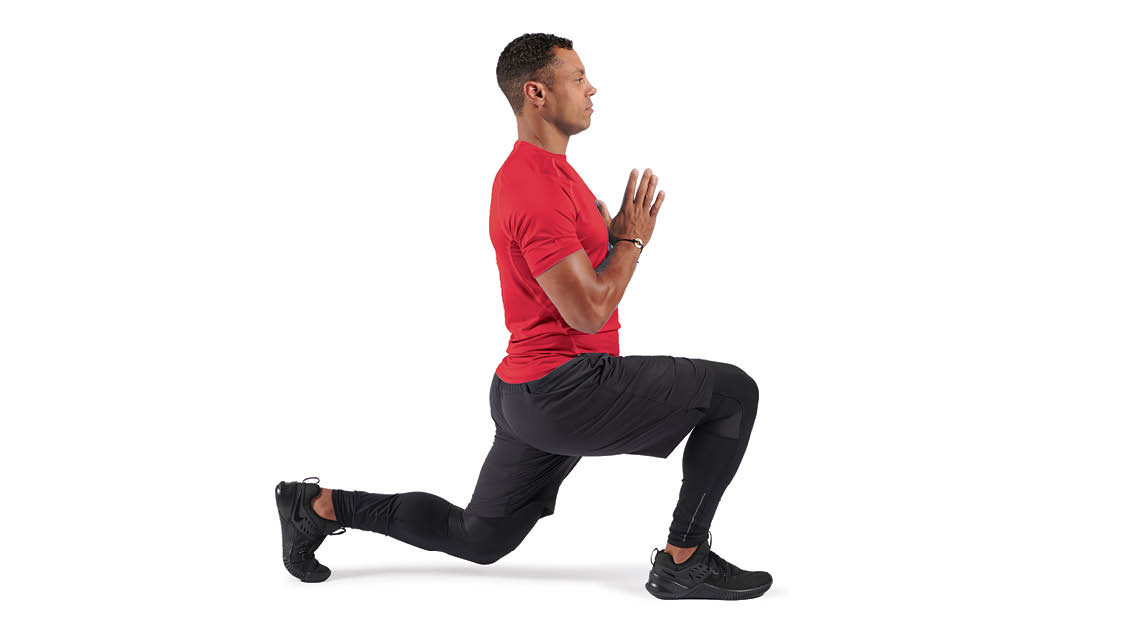
- Stand with your feet about hip width apart.
- Step forward with one foot, keeping your chest proud and shoulders squared over your hips.
- Allow both knees to bend, with your back knee hovering just above the floor. (Adjust the length of your stride as needed.)
- Reverse the movement by pressing through your heel and stepping your front foot back to the starting position.
- Repeat on your opposite leg, alternating sides for the desired number of reps. (Fine tune your lunge form with the tips at “BREAK IT DOWN: The Lunge“.)
Run 1 Mile

As an alternative, complete another 1,000 meter row or 500 kettlebell swings.
The Murph Relay
Gather a friend (or three) and split up the workout for an accessible and fun relay approach to the classic workout.
The classic Murph is designed to be tackled solo. Athletes might do the workout all alone, or among other folks who are chipping their way through the same moves. But, either way, each person is responsible for their own mile runs, their own pull-ups, pushups, and squats.
There is another way: The Murph Relay. By splitting up the distance and reps between multiple people, the typical community aspect evolves into true camaraderie — making the challenge more accessible and more fun.
If you want to try a relay approach, you’ll want a team of two or four (for ease of splitting up the efforts) and divide the distance and reps evenly among the group.
A four-person relay may look like:
- One-Mile Run: Each team member runs 400 meters, or a quarter-mile.
- 100 Pull-Ups: Each team member performs 25 pull-ups, or the exercise variation that suits them.
- 200 Pushups: Each team member completes 50 push-ups.
- 300 Squats: Each team member completes 75 squats.
- One-Mile Run: Each team member runs 400 meters, or a quarter-mile.
Each person will complete their share of an exercise before the next person in the relay can begin. The group should finish the full distance or rep count of each exercise before moving on to the next movement. Resting team members can cheer and encourage the person who is working. Have fun!
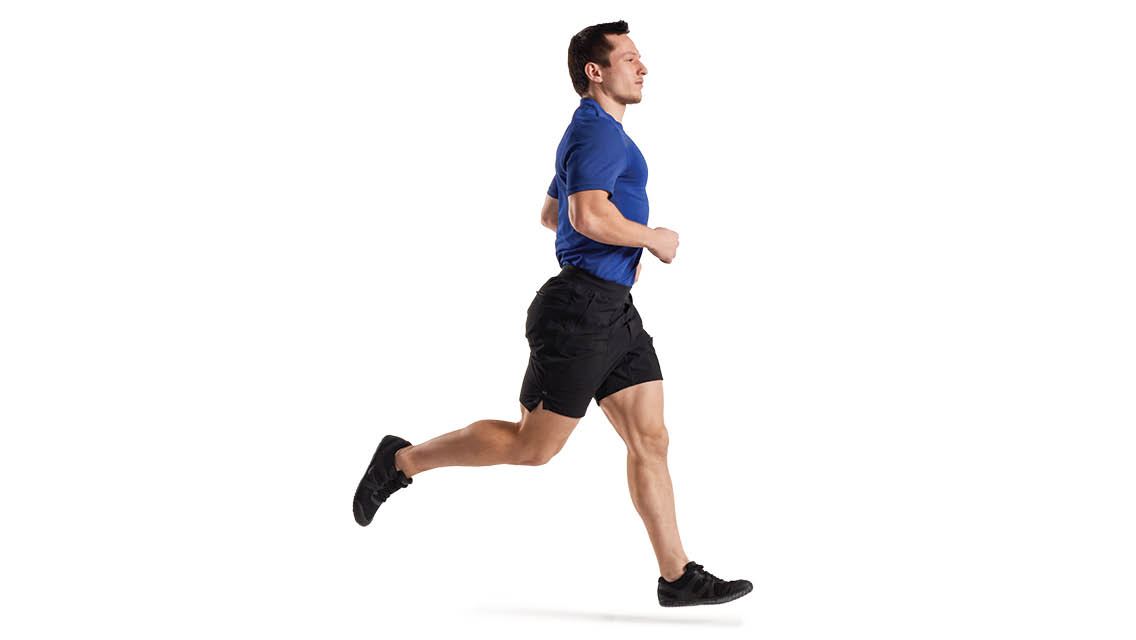



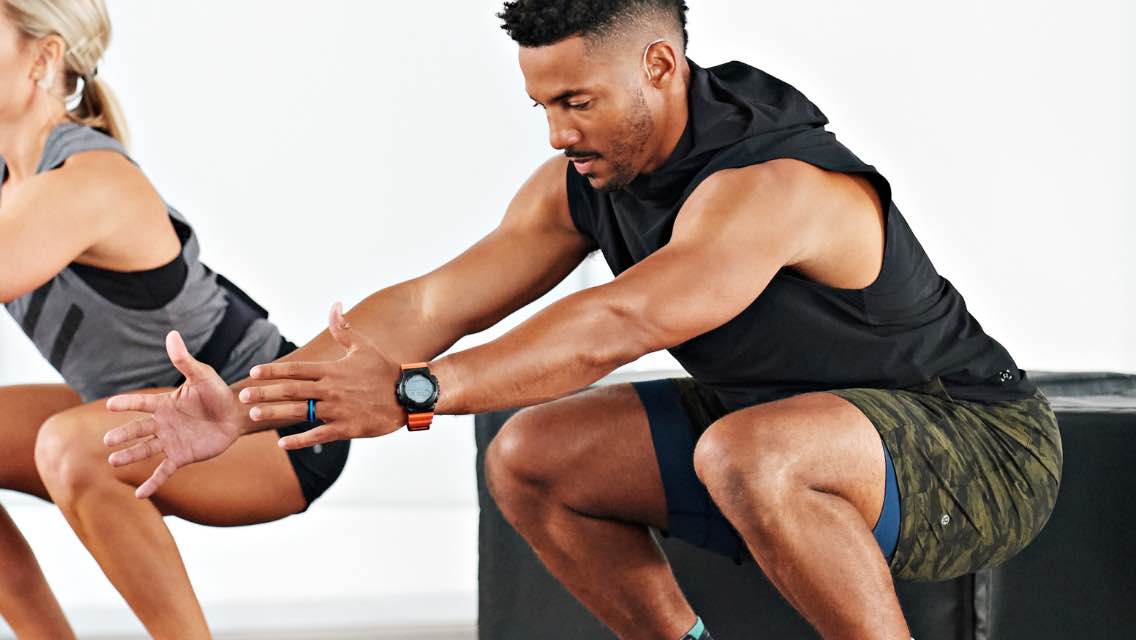
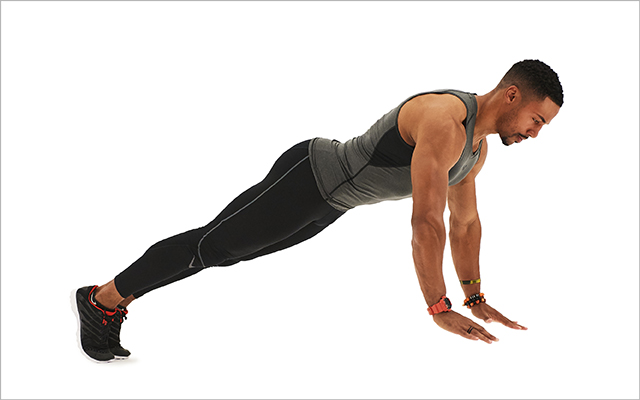
This Post Has 2 Comments
Not one mention about MOH recipient Lt Mike Murphy is just shameful.
I hadn’t heard of the Murph Challenge until day before yesterday when one of my Garmin connect contacts had done it on Memorial Day. I since found it was named for A Navy Seal team commander that died in Afghanistan. Cool way to honor Lt. Mike Murphy. I did it yesterday sans the vest. It will now be my Monday workout. Adding the vest next Monday. Pull up’s will be interesting, took me 13 minutes for the 100 without the vest. I’ll be interesting.